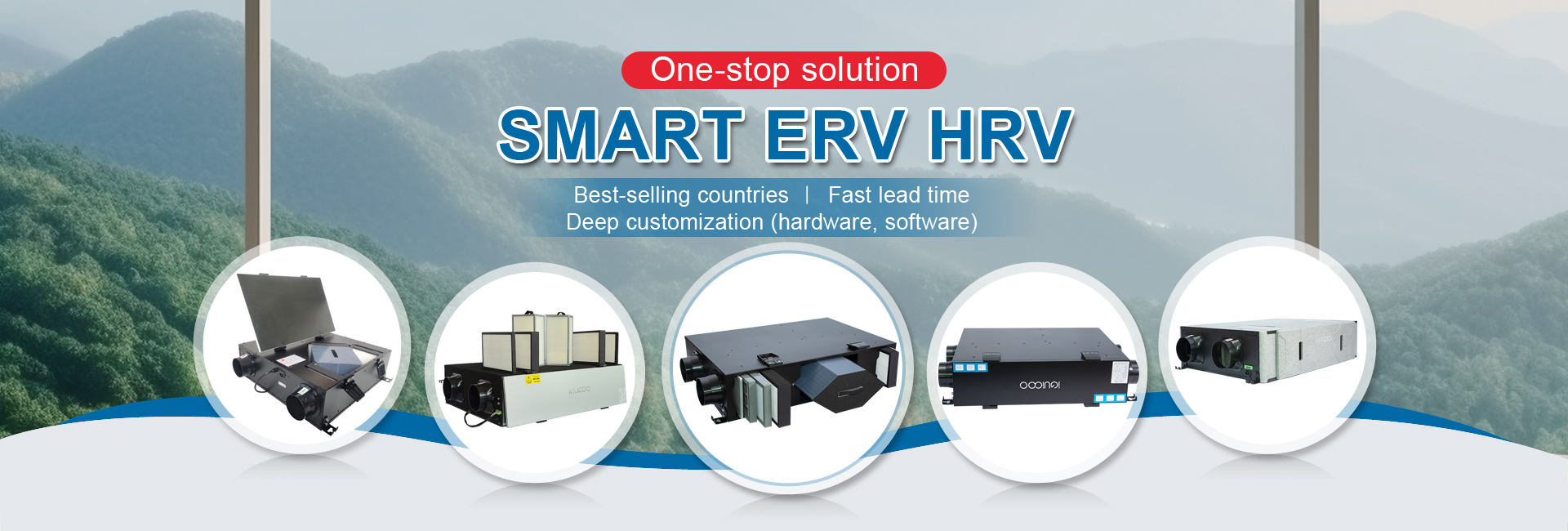An air ventilation system keeps indoor air fresh by replacing stale, polluted air with clean outdoor air—critical for comfort and health. But not all systems work the same, and heat recovery ventilation stands out as a smart, efficient option. Let’s break down the basics, with a focus on how heat recovery ventilation elevates standard functionality.
First, standard ventilation systems (like extractor fans) simply push stale air out—think moisture from bathrooms or cooking fumes from kitchens—and let fresh air seep in through cracks or vents. But they waste heat: when warm indoor air is expelled, you lose energy, forcing heaters to work harder. This is where heat recovery ventilation changes the game.
A heat recovery ventilation system has two key air streams: one for stale indoor air going out, and one for fresh outdoor air coming in. As these streams pass through a heat exchanger (the core of heat recovery ventilation), the system transfers heat from the outgoing stale air to the incoming fresh air. This means you get fresh air without losing the warmth you’ve paid to create—making heat recovery ventilation far more energy-efficient than basic systems.
Here’s the step-by-step: Stale air (with moisture, odors, or pollutants) is pulled into the heat recovery ventilation unit via internal vents. It flows over the heat exchanger, transferring its heat. Then, the now-cool stale air is pushed outside. At the same time, fresh outdoor air is drawn in, passes over the heat exchanger to absorb the saved heat, and is filtered (many heat recovery ventilation units have filters to trap dust/pollen) before being distributed indoors.
Unlike standard systems that cause temperature drops, heat recovery ventilation maintains consistent comfort. It also reduces mold risk by removing excess moisture, all while cutting energy bills. Whether for homes or small spaces, heat recovery ventilation turns basic ventilation into a sustainable, cost-effective process—proving it’s more than just a system, but a smarter way to breathe better.
Post time: Aug-27-2025








